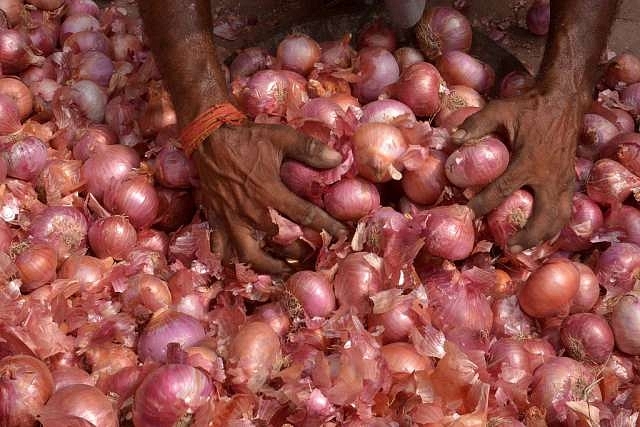
Amul 2.0: Three Lessons From Milk Revolution That Can Make Modi’s Operation Greens Successful
Tomato, Onion and Potato (TOP) are top ingredients in the fruits and vegetables segment to have gained notoriety for afflicting most damage to the fortunes of India’s politicians. The ruling parties fear the tears inflicted by onions more than the machinations of the opposition. Though round in shape, these three are as lethal as double edged swords. Every administrator, be it at the Raisina Hill or in the states’ capitals, has to tread a middle policy path which makes sure that the prices of these commodities neither rise or fall too much. The former hurts the middle class, the latter the farmers.
TOP has made the Bharatiya Janata Party (BJP) sweat a lot in the last four years. There have been various instances of severe price fluctuations in many states. To solve this problem, Finance Minister Arun Jaitley announced Operation Greens with a outlay of Rs 500 crore in his latest budget speech.
Operation Greens is reminiscent of Operation Flood which unleashed White Revolution in the country propelling it from a laggard in milk production in 1966 to the world’s highest producer, surpassing the United States in 1998. The Amul Model as it came to be known was a result of visionary leadership of Lal Bahadur Shastri and exemplary execution of Verghese Kurien.
Can India replicate the Amul model for TOP?
India’s leading agriculture economist Ashok Gulati believes it’s not impossible. The economics of TOP and dairy market tells us clearly where the problem lies. “In the case of milk, the producers get more than 75 per cent of what consumers pay,” Gulati writes in his Indian Express column today (19 February). On the other hand, TOP farmers get less than 25 per cent of what consumers pay in major cities because of lack of modern storage facilities and weak links between processing and organised retailing. “Operation Greens needs to ensure that farmers receive at least 60 per cent of what consumers pay,” Gulati adds.
Gulati suggests three basic principles that Operation Greens can borrow from the success of Operation Flood to achieve its objectives.
First, weeding out intermediaries between farmers and consumers by seamlessly linking consumption centres of production centres. Thousands of Farmer Producer Organisations (FPOs) can bring TOP farmers under their umbrella and become the centres of aggregation ‘of commodities, assaying, sorting, grading, and even packing with bar codes, reflecting their traceability.’ Various incentives to private sector can be provided to encourage building back-end infrastructure.
Second, encouraging investment in warehouses, cold storage facilities to reduce wastage. Gulati explains that wastage in cold storage for onions is often less than 10 per cent compared to the 25-30 per cent wastage in traditional storage facilities on farmers’ fields. The government will have to work towards facilitating building of these critical storage facilities.
Third, linking processing industry with organised retailing. “Processing industry adds value and absorbs surpluses,” Gulati writes. Usually, the difference between price that consumers pay and the price farmers get is huge due to lack of value addition. Fixing processing industry and empowering and encouraging farmers to take lead on this front can go a long way in bridging the price gap.
Apart from these three basic principles, Gulati also reminds us of another key element that ushered in white revolution: the man behind Operation Flood Verghese Kurien. “Operation Greens would need a champion to implement this vision and strategy with honesty, another Kurien, for at least three to five years. A babu will not work,” he concludes.